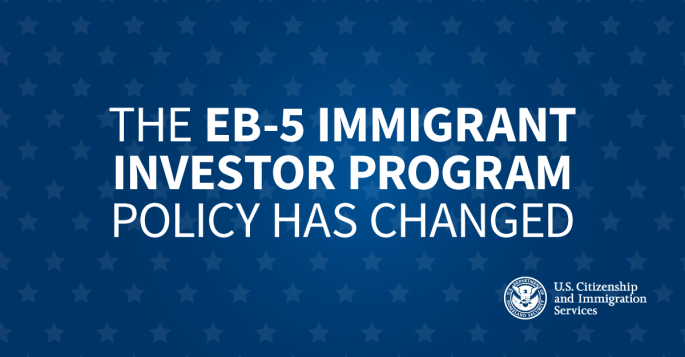To start off the new year in 2020, USCIS issued new rules on how it deals with EB-5 visa petitions.
Up to this point, the initial EB-5 investor immigrant petitions (I-526) have been processed on a first-in, first-out basis. The processing times have ranged from 32 months to 50 months.
Starting March 31, 2020, USCIS will only process the initial EB-5 petitions on a visa availability approach. Without going into a long winded discussion about visa retrogression, the oversimplified explanation is that they will only process the I-526 petitions for applicants whose countries do not have a wait list.
Those countries with a wait list are currently China, India, and Vietnam.
So if one is an investment immigrant from _outside_ of those three countries, the I-526 petitions will be processed as it always has: first-in, first out (because visa allotments are usually available for all countries outside of China, India, and Vietnam). There is speculation that it will speed up the process for those born outside of China, India, and Vietnam. But that remains to be seen.
For those investor immigrants born in China, India, and Vietnam, obviously, it will mean longer wait times. Yes, even longer than they are now.
Other alternatives to consider for those from China, India, and Vietnam are possible L-1s (setting up a US company and transferring in as an executive from the parent company), E-2s through a third country, cross chargeability (spouse was born in a different country), or an O-1 visa (for aliens of extraordinary ability).
The full body of the press release here:
https://www.uscis.gov/news/news-releases/uscis-adjusts-process-managing-eb-5-visa-petition-inventory





You must be logged in to post a comment.